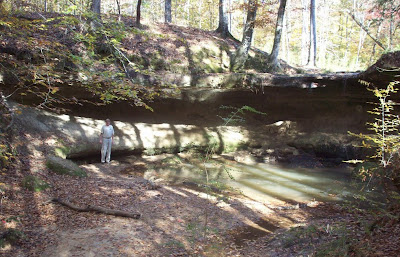



We've taken a short drive to the Mississippi gulf coast and are staying in the small town of Long Beach, just a few minutes from Gulfport. The beaches are clean with white sand as far as the eye can see. Sea birds are abundant but the people are gone. We found a few workers that seemed to be walking the coastline in search of tarballs. The magnificent homes that we remembered from our trip to the coast 30 years back are gone. The Magic River campground where we are staying for two days, sits a mile plus inland from the gulf, it was under 18 feet of water as the surge from Katrina hit. Magic River was the original Passport America campground.
With the exception of a few visitors at the many local gaming establishments, it's empty here.
















































